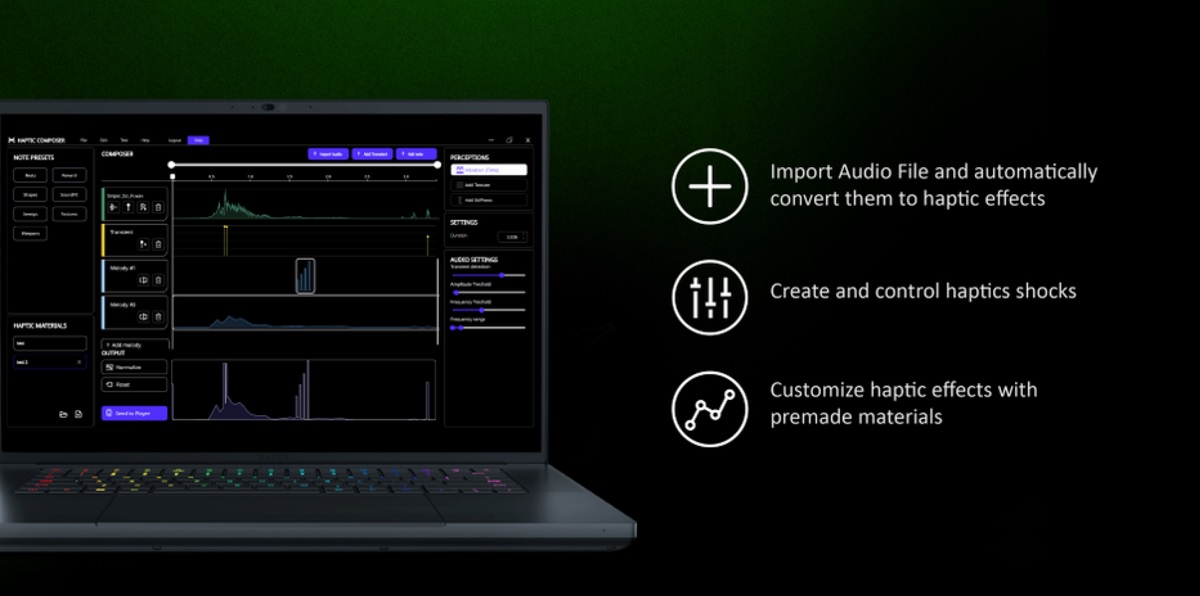During the recent Game Developers Conference, I had a chance to escape the din of the event to go to Razer‘s offices in San Francisco and hear and feel the pounding of a new set of headphones.
These prototype devices pounded into my ears more than usual because they used Razer’s new universal haptics technology, which lets you feel the sound.

Unlock premium content and VIP community perks with GB M A X!
Join now to enjoy our free and premium membership perks.
![]()

![]()